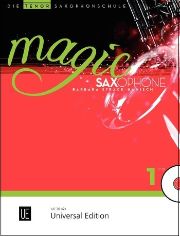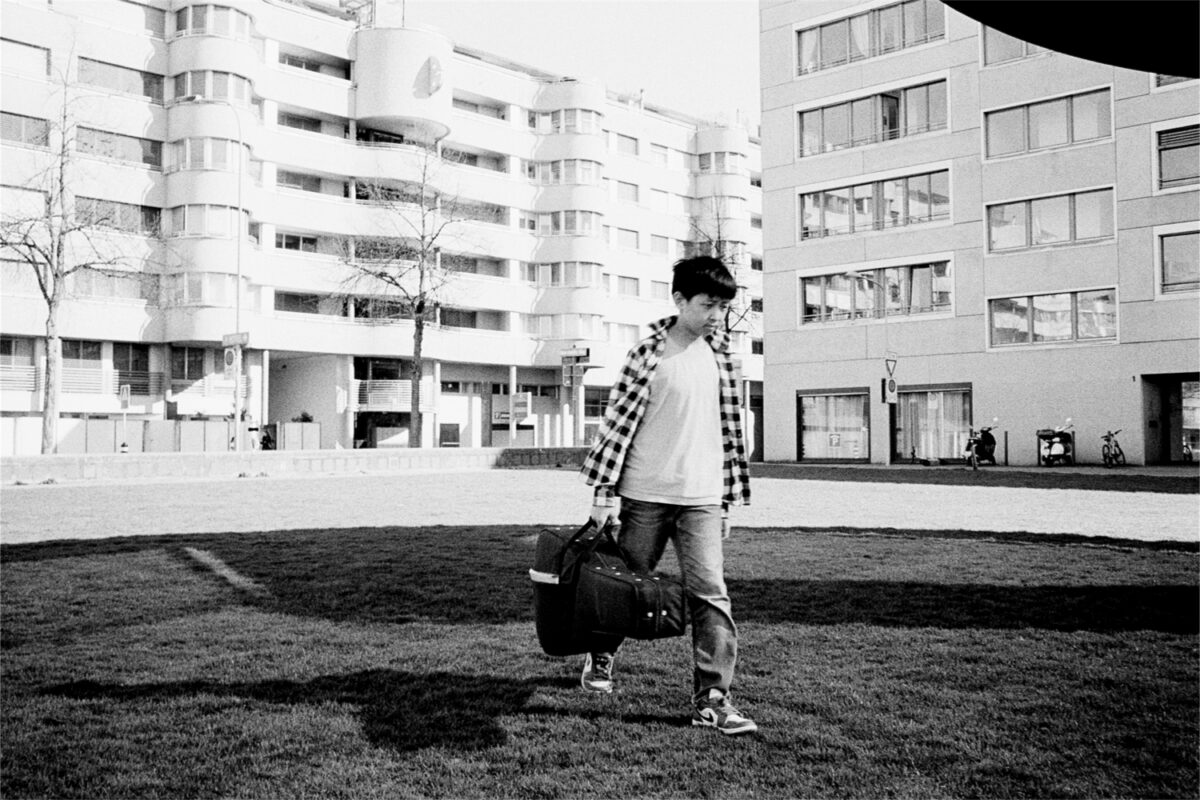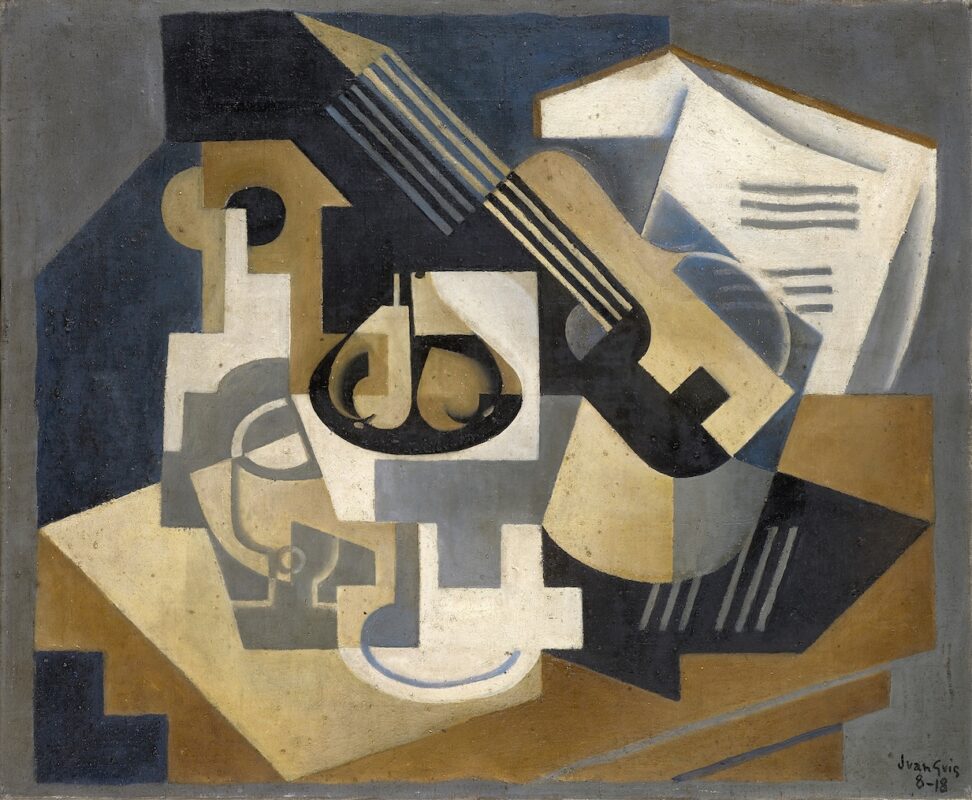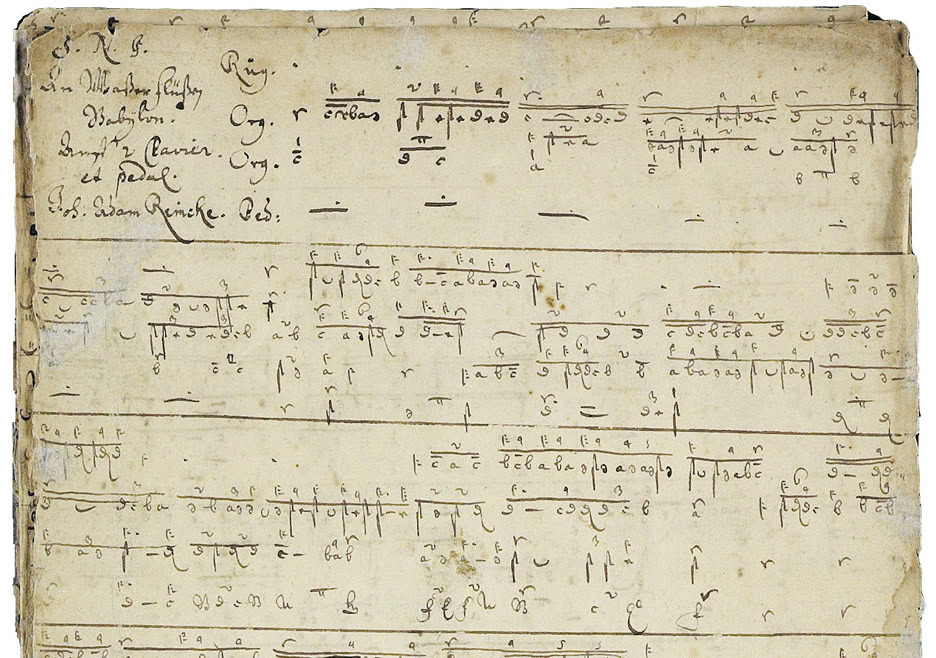Saxophone schools 1846 and today
What should such a course achieve? A look back and at the new "Magic Saxophone".

In 1846, Georg Kastner created what was probably the first Méthode Complète et Raisonnée de Saxophone edited. This teaching work was dedicated to Adolphe Sax and was written just a few years after the invention of the instrument. In the Bibliothèque Royale in Paris, one gains an insight into a method which, like many 19th century instrumental schools, after introducing elementary music theory and performance practice, gives instructions on instrumental technique and describes the construction characteristics of the instrument. This is followed by the first exercises: "Les exercices doivent s'exécuter ad libitum, sous le rapport du mouvement, (...) il faut répéter plusieurs fois chaque exercice. L'attaque de chaque note doit s'effectuer par un coup de langue sec et soutenu toute la durée de la note." - These are the explanations for the exercises in C, which reach the range of two octaves with whole notes, half notes, quarter notes, eighth notes and sixteenth notes over several pages in intervals without alterations. Afterwards, what has been learned is consolidated in duet playing with the teacher and intonation is practiced. Between the progressive exercises and pieces of music from Kastner's pen, short, concise reminders are repeatedly inserted - on the whole, the method uses notation as a basis for teaching and does not neglect the music: "Choix de morceau facile de divers auteurs." Further challenges are offered by Marschner, Cimarosa, Mozart, Rossini, Auber, Bellini and, last but not least, the author himself in the "Variations faciles et brillantes".
Magic Saxophone is the name of Barbara Strack-Hanisch's new school. The versatile musician (flautist, saxophonist, instrumental teacher and musicologist) presents an impressive collection of exercises, playing instructions, tips, pieces of music, improvisation and composition ideas in her comprehensive teaching work, which is carefully and thoughtfully structured. The school comprises two volumes, one for alto saxophone and one for tenor saxophone. Volumes one and two supplement the topics covered in the chapters with folk tunes, songs from film and television, classical and romantic melodies by great masters and swinging moments from the pen of James Rae. The duets and solo pieces with simple piano accompaniment invite independent interpretation, as the author has deliberately refrained from using breath marks and dynamic markings.
Once again, looking at these saxophone schools raises questions: What do we want to teach in instrumental lessons today, how and why? Which materials seem important to us and which arouse the curiosity of children, young people and adult learners? What motivated a child around 1846, what means can we use to inspire our pupils today? Do historical instrumental schools still have any pedagogical relevance today? To what extent have contemporary publications outgrown this content?
In a world strongly characterized by individualism, a path tailored to the different students seems desirable to me. Modularity is the buzzword here - dividing a whole into individually tailored parts that can gradually be put together and exchanged or gradually interact at interfaces. In this way, teaching is based on an overall system which - similar to an instrumental school - is characterized in form and content by the teacher and their implemented musical tradition. Due to the modularity of the partially standardized elements, however, it meets the student in a truly magical way and can be co-determined by him.
Many roads lead to music. One thing is certain: the hike is more beautiful and more enjoyable when we are involved as self-determined learners. A hiking map is not a guarantee of experience for everyone, a saxophone school is not a reliable recipe for musical educational flights of fancy. A landslide cannot be ruled out either: A method carries with it the risk of being an end in itself instead of promoting the student in question. Whether Magic Saxophone really is - as Daniel Gauthier writes in the introduction - a school for children of our time, can only be answered by the pupils themselves.
Barbara Strack-Hanisch, Magic Saxophone, Alto Saxophone School, The playful introduction for children from the age of eight as well as teenagers and adults; Volume 1, UE 36001; Volume 2, UE 36003; each € 16.00 with CD, Universal Edition, Vienna
id., volume for alto saxophone; volume 1, UE 36002; volume 2, UE 36004; € 12.50 each
id., Tenor Saxophone School, UE 36421 and UE 36423; Playing Tape for Tenor Saxophone, UE 36422 and UE 36424









